Skipping a field flattener in astrophotography will leave you with distorted, elongated stars at the edges of your images. This problem is especially severe with fast (f/5) telescopes and larger sensors, where field curvature causes noticeable aberrations. While cropping can partially fix the issue, you’ll sacrifice 20-50% of your resolution and field of view. For clean, professional-looking images with sharp stars across the entire frame, a proper field flattener is an essential investment.
Why Not Skip Field Flatteners For Astrophotography?

While you might be tempted to simplify your imaging train by omitting a field flattener, doing so can seriously compromise your astrophotography results.
Fast focal length telescopes (especially around f/5) suffer from significant edge distortion without proper correction, leaving peripheral stars elongated rather than pinpoint.
Your sensor size plays a vital role too—larger sensors experience more pronounced field curvature effects, with stars at the frame edges appearing increasingly distorted.
Without a field flattener, chromatic aberration and coma become evident, particularly in refractors.
Observational results consistently show that even cropping can’t fully salvage images affected by severe distortion.
You’ll sacrifice field of view and detail while still potentially retaining aberrations.
The evidence is clear: integrating a field flattener into your image train isn’t just recommended—it’s essential for capturing those stunning, edge-to-edge sharp astrophotos.
Understanding Star Distortion at Image Edges
Because field curvature naturally occurs in most telescopes, stars at the edges of your images will appear increasingly distorted the further they sit from the center.
Field curvature causes edge stars to appear progressively more distorted as their distance from center increases.
This edge distortion manifests as elongated, blurry stars with noticeable color separation. Faster telescopes (f/5) exhibit more severe distortion than slower ones (f/7).
As you upgrade to larger sensor sizes, you’ll notice more pronounced deterioration in image quality at the edges.
While cropping the image might seem like an easy fix, you’re sacrificing valuable field of view and detail.
A field flattener specifically addresses these optical aberrations, correcting issues like coma and chromatic aberration.
The Cost of Cropping: Resolution and Field-of-View Trade-offs
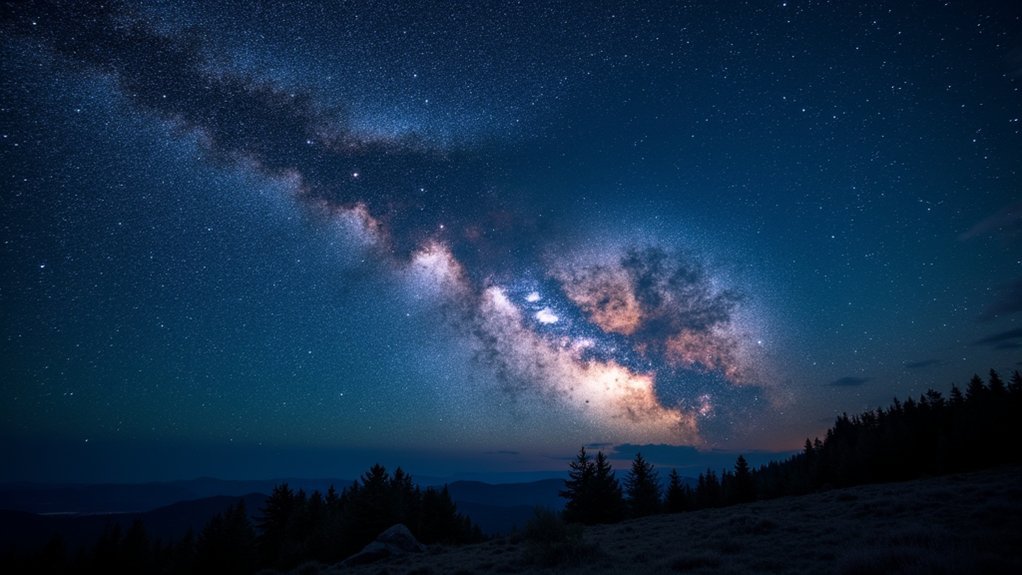
Many astrophotographers initially resort to cropping their images to eliminate those distracting distorted stars at the edges. While this quick fix seems appealing, you’ll pay a significant price in lost resolution and field of view.
| Approach | Resolution Impact | Field of View | Image Quality |
|---|---|---|---|
| Using Field Flattener | Maintains full resolution | Preserves wide FOV | Consistent star shapes |
| Cropping (Moderate) | Loses 20-30% pixels | Reduced FOV | Improves edge quality |
| Cropping (Aggressive) | Loses 40-50% pixels | Severely limited FOV | Eliminates aberration effects |
This trade-off becomes especially problematic with faster scopes (f/5 or below), where star elongation is more pronounced. While cropping can address these aberrations, you’re sacrificing the effective area of your image—essentially wasting your camera’s sensor capabilities and limiting your ability to capture expansive deep sky objects.
Telescope Focal Ratio and Its Impact on Field Curvature
As your telescope’s focal ratio decreases, the severity of field curvature dramatically increases. Fast scopes (around f/5) produce noticeably more distortion than slower ones (f/7 and above), particularly affecting image quality at the edges of your frame.
You’ll notice peripheral star aberrations—stars that should be pinpoints appear elongated or comet-shaped instead. This issue becomes even more problematic as your sensor size increases. Larger sensors capture more of the curved focal plane, revealing distortions that smaller sensors might miss.
When photographing small galaxies, consider your telescope’s specific focal lengths carefully, as they’ll determine how much field curvature affects your target. For serious astrophotography with faster focal ratios, a field flattener isn’t optional—it’s essential for achieving uniform sharpness across your entire image field.
Alternative Solutions for Budget-Conscious Astrophotographers

While flatteners deliver superior results, you don’t need to break the bank to capture impressive deep-sky images. If you’re watching your wallet while building your imaging train, consider these practical approaches:
- Crop your images to eliminate edge distortions caused by field curvature, sacrificing some field of view for better overall quality.
- Invest in a quality chromatic doublet to reduce aberration instead of purchasing a separate flattener.
- Choose a telescope with longer focal length (like an f/9) that naturally exhibits less field curvature.
- Experiment with your current setup before spending money—you might find your DSLR performs adequately without a flattener.
Connect with the astrophotography community for additional budget-friendly strategies that could improve your images without the expense of specialized equipment.
Frequently Asked Questions
Do I Need a Field Flattener for Astrophotography?
Yes, you’ll need a field flattener for astrophotography, especially with faster telescopes and larger sensors. It corrects curvature distortion, ensuring stars remain sharp and round across your entire image frame.
Why Are Dobsonians Not Good for Astrophotography?
Dobsonians aren’t ideal for astrophotography because they lack tracking systems, have field curvature issues, and produce coma distortion. Their alt-azimuth mount and design prioritize visual observation over the precision you’ll need for quality astro-imaging.
Do You Need a Focal Reducer for Astrophotography?
No, you don’t absolutely need a focal reducer for astrophotography, but they’re helpful when you want wider fields of view, faster f-ratios, and shorter exposure times for capturing faint deep-sky objects.
Should I Use High or Low F Stop for Astrophotography?
For astrophotography, you’ll want to balance your needs. Use lower f-stops (f/4) for more light when capturing faint objects, but higher f-stops (f/7-f/8) for better image sharpness and fewer distortions across your field of view.
In Summary
You’ll find field flatteners worthwhile despite their cost. Without one, you’re sacrificing image quality and cropping valuable data. For fast telescopes especially, the curvature distortion can’t be ignored. While alternatives exist, they come with their own compromises. Ultimately, if you’re serious about astrophotography, a flattener isn’t an optional accessory—it’s an essential tool for capturing the universe’s beauty with crisp stars from edge to edge.
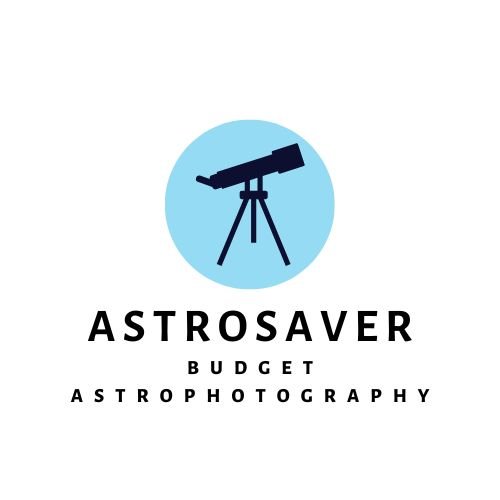
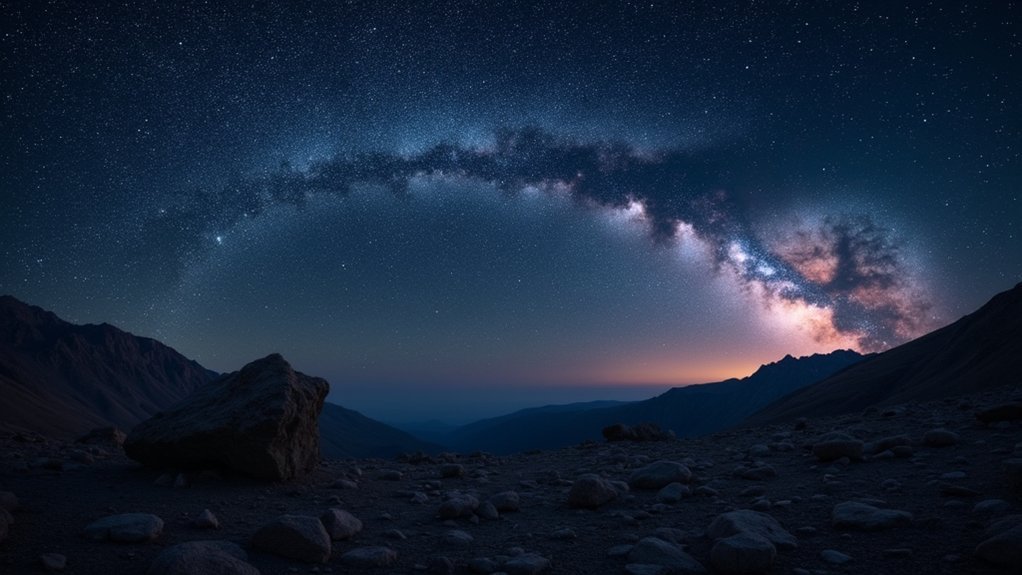
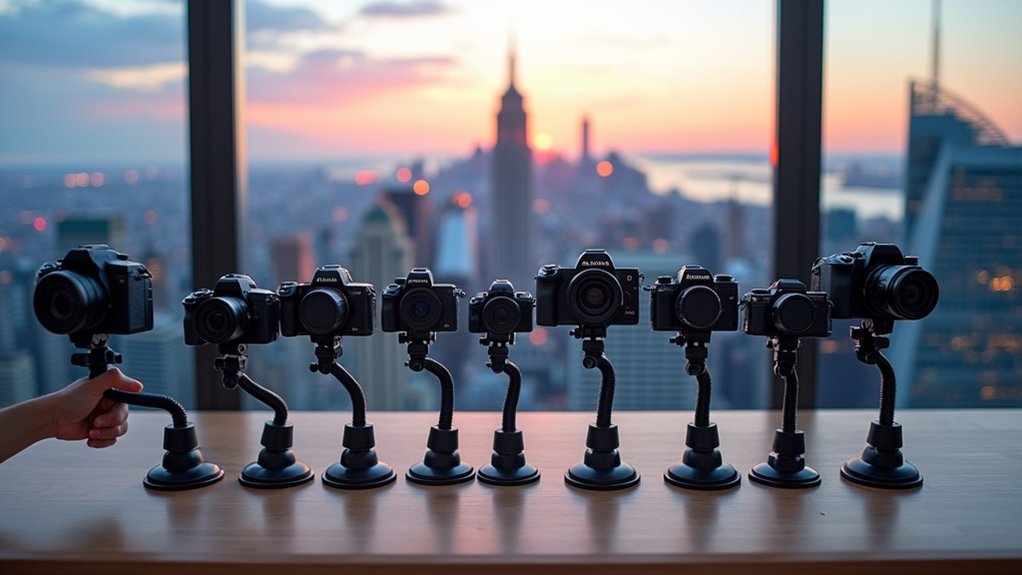
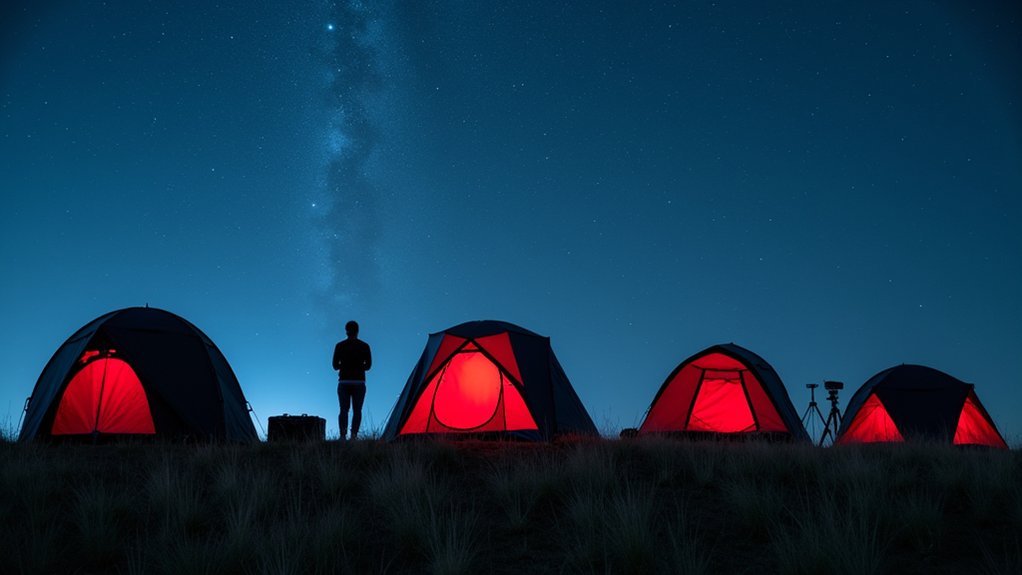
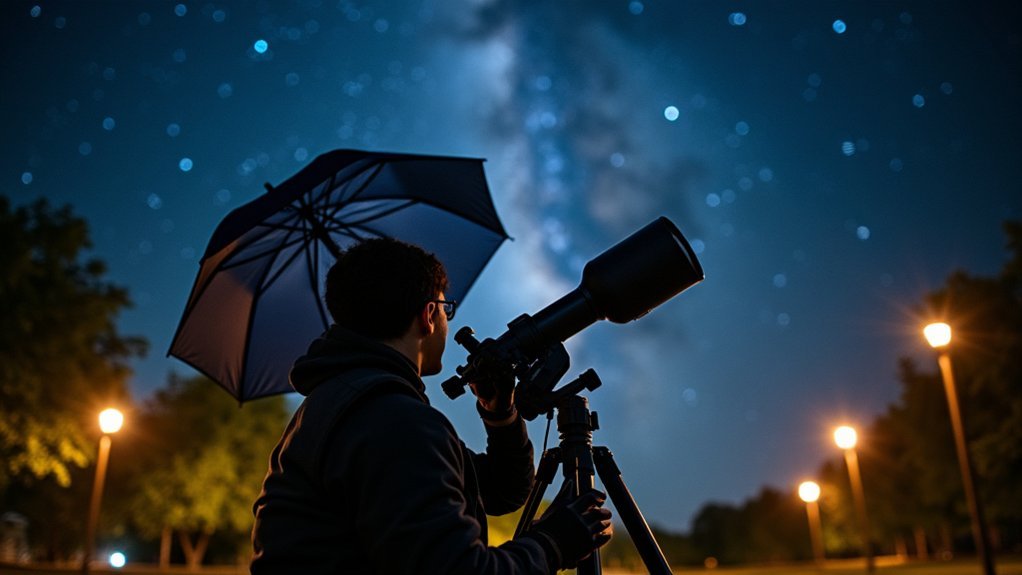
Leave a Reply